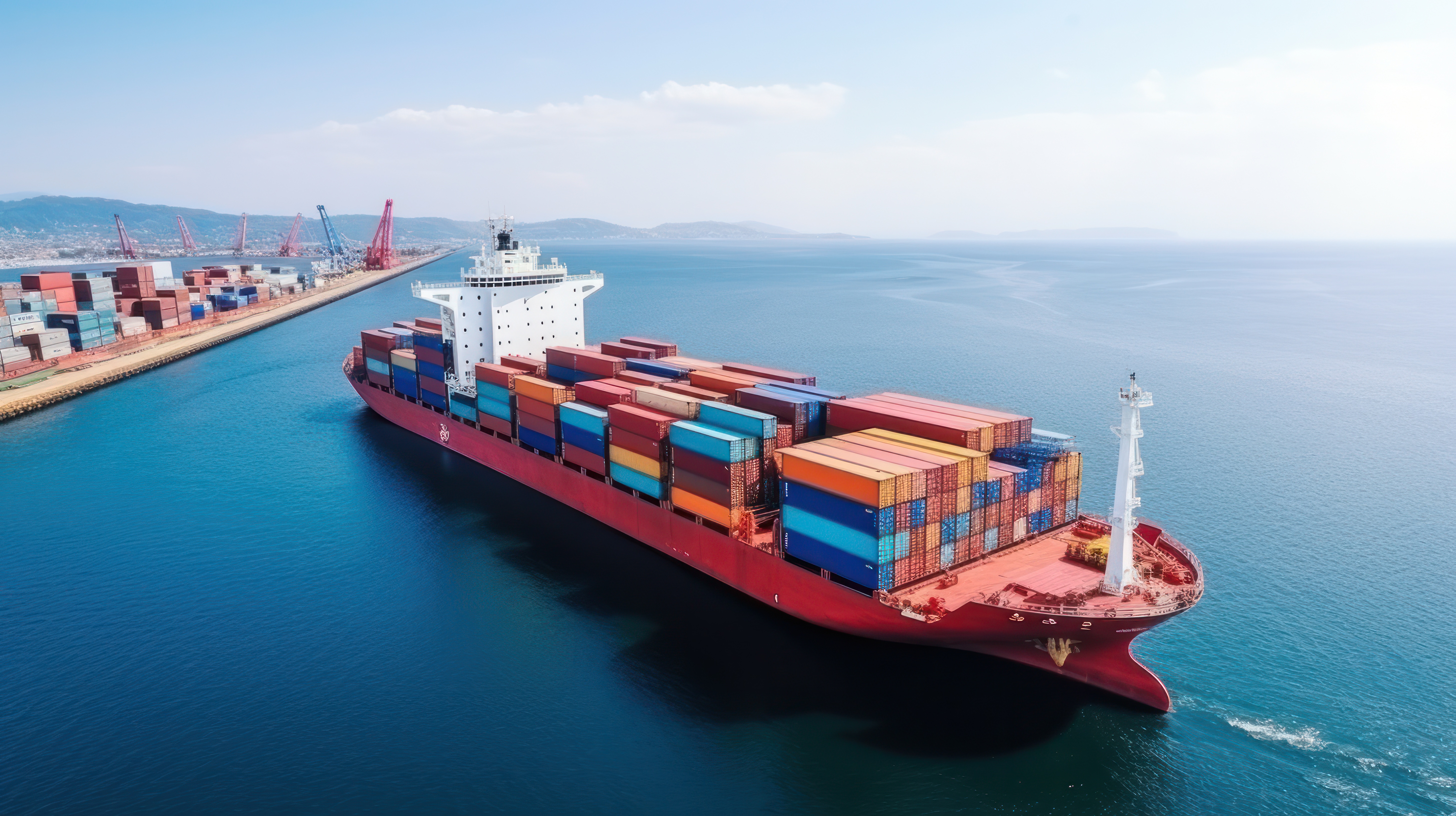On-board ship Noise & Vibration Survey:
Along with our many other specialization, On-Board Noise survey in Singapore control are the foremost. It has been determined that sustained sound levels greater than 90dB(A) can cause deafness and vibration can compromise precision of onboard instruments and human health. The importance of noise and vibration control is becoming important day by day to prevent permanent damages.
Noise Level Surveys:
Noise levels are measured in following vessel areas:
- Control Rooms
- Workshops
- Propulsion Machinery
- Turbocharger
- Top Propulsion Machinery
- Reduction Gear
- Non-specified Workspaces
- Accommodation & Other Spaces
- Mess Room & Cabins
- Recreation Room
- Offices & Galleys
- Navigating Bridge Wings
- Radar & Chart Room
- Serveries & Pantries
- Auxiliary Diesel Engines
- Turbo Generators

The Code on noise levels on board ships is intended to provide standards to prevent the occurrence of potentially hazardous noise levels on board ships and to provide standards for an acceptable environment for seafarers. These standards were developed to address passenger and cargo ships.
Qsafe Pte. Ltd offer full range of sea trial services and diagnostic surveys to solve on board noise and vibration problems. Our main objectives are improvement of passenger’s comfort, increment of the ships performance and increment of life of the ship.
Qsafe Pte. Ltd works in a systematic and professional way. We first determine the source of noise and vibration then the path of transmission is determined. After gaining all the information we need we apply appropriate methods to reduce noise and vibration. The techniques we use include finite element technique, strain measurement and many more.
We provide our expert professional services in Singapore and all-over in Asian waters.
IMO noise regulations
IMO stands for International Maritime Organization known as the inter-Governmental Maritime Consultative Organization was established in Geneva in 1984. IMO noise regulations are set up to provide guidance to administration, to guide about maximum noise exposure limits and to provide international uniformity. This should be kept in mind that these regulations are for general ships; the ships differing from conventional ones might need different consideration.
IMO noise regulations also set mandatory maximum noise level limits for machinery spaces, control rooms, workshops, accommodation and other spaces on board ships.
Noise Survey On-board Ship- Statutory regulations and codes:
Qsafe Pte. Ltd provides Noise Level Surveys and Measurements as per following Statutory regulations and codes:
- IMO Resolution A.468(XII):1981 – Code on noise levels on-board ships
- International Labour Organization (ILO) Conventions no. 92, no. 133, no. 148 and no. 156
- Maritime Labour Convention, 2006 (MLC) – issued by International Labour Organization (ILO) Health, Safety and Environment Case Guidelines for Mobile Offshore Drilling Units, Issue 3.5, 1 January 2014 – issued by International Association Of Drilling Contractors (IADC)
- ABS guide for crew habitability on mobile offshore drilling units (MODU’s), 2012
- ABS guide for compliance with the ILO Maritime Labour Convention, 2006 title 3 requirements, May 2009 (updated March 2013)
- ABS guide for crew habitability on offshore installations, 2012
- Safety and health in the construction of fixed offshore installations in the petroleum industry 1981 – issued by International Labour Organization (ILO)
Our Company’s key features are:
- Experienced and Qualified staff
- Well calibrated advanced instruments for accurate readings
- Ultramodern techniques
- Timely executing
- Competitive price
- Ensures complete satisfaction
- Appreciated by our previous clients

